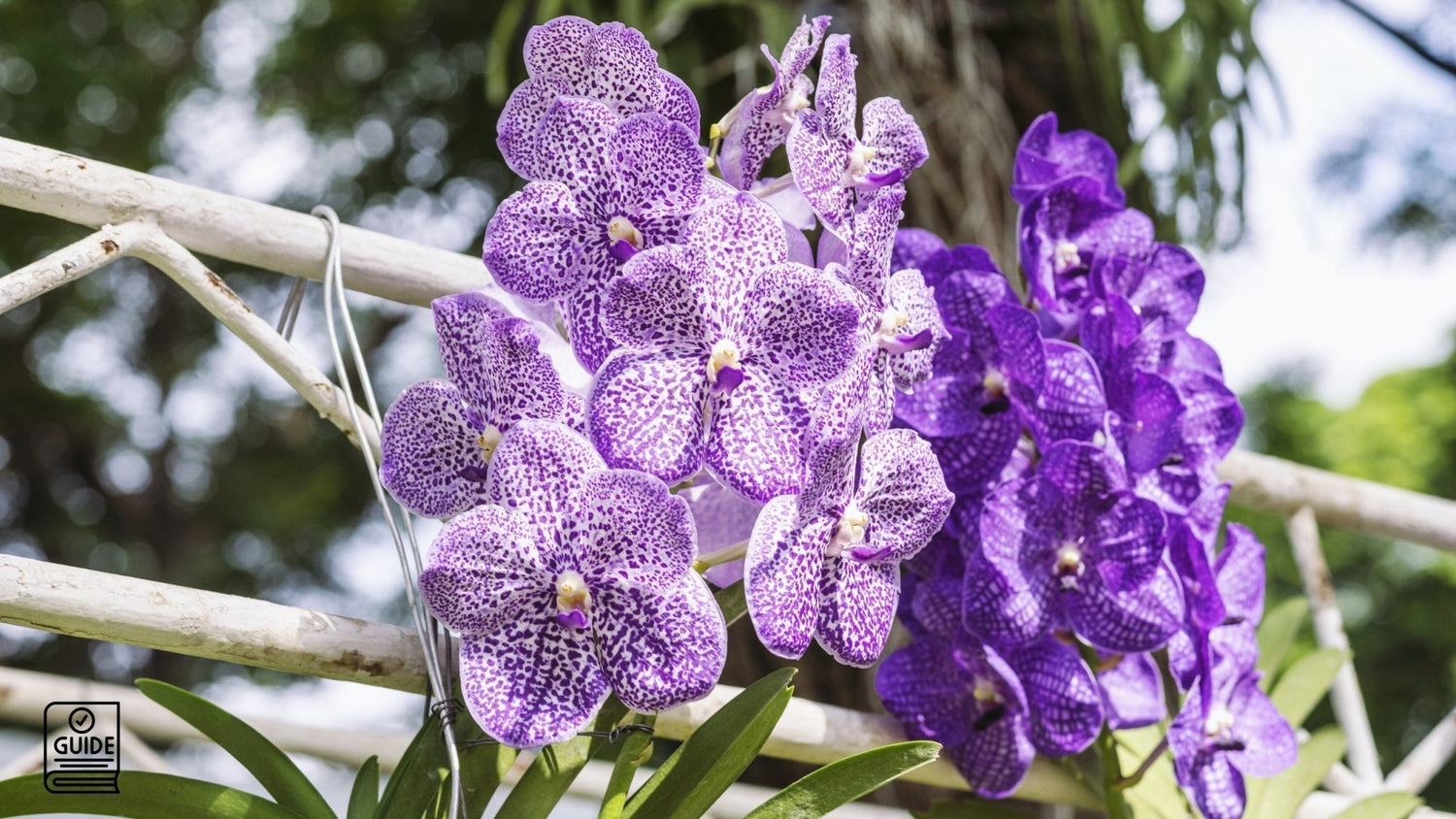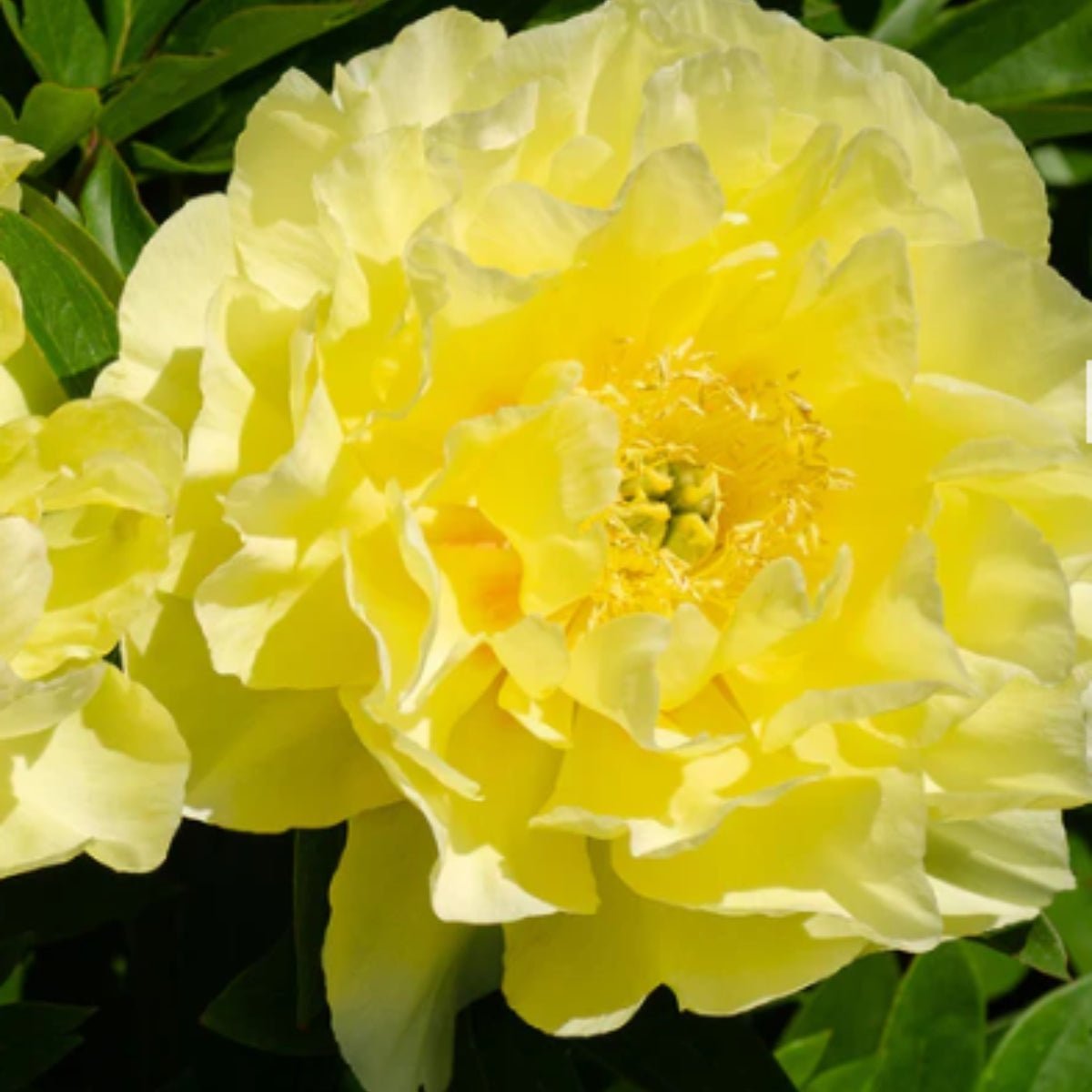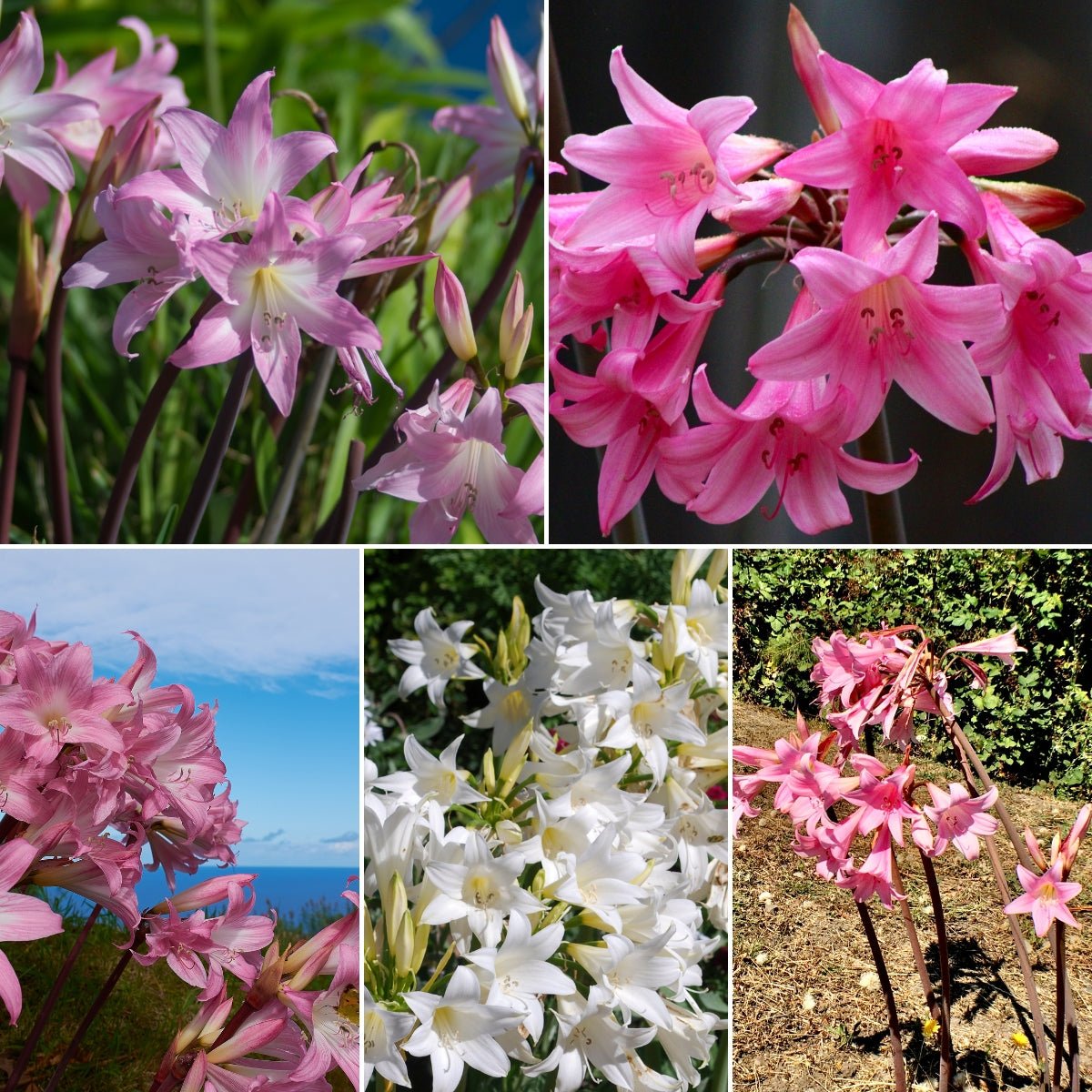Garden enthusiasts down under, rejoice! Ranunculus, with their enchanting blooms reminiscent of miniature peonies, are perfectly suited to many Australian climates. Whether you're tending your garden in the crisp air of Melbourne, enjoying the subtropical breezes of Brisbane, or navigating the humid tropics of the Northern Rivers, Ranunculus can be a stunning and rewarding addition to your floral ensemble. This comprehensive guide is tailored to help you successfully grow these beauties across diverse Australian zones.
Understanding Your Grow Zones and Climate Ranunculus thrive in cooler conditions but can be grown across most of Australia with proper care. Timing, sunlight, and protection from extremes are key.
View Our Ranunculus Collection Here.
Grow Zones in Australia:
-
Cool Zones (Tasmania, Victoria, highland NSW/ACT): Plant in early spring after frost risk subsides. Ideal for longer growing seasons with cooler nights.
-
Temperate Zones (Sydney, Adelaide, Perth): Best planted in late autumn to early winter, avoiding peak summer heat.
-
Subtropical Zones (Brisbane, Gold Coast, Northern Rivers): Plant in late autumn for winter-to-spring blooms. Avoid full sun during spring/summer as plants may perish; opt for morning sun with afternoon shade.
-
Tropical Zones (Darwin, Cairns, Far North Queensland): Challenging but possible. Grow as annuals during the cooler dry season. Choose a semi-shaded, well-ventilated location.
-
Arid/Desert Zones (Alice Springs, inland WA/SA): Plant in early autumn and provide light afternoon shade. Ensure excellent drainage and mulch to conserve moisture.
Sunlight and Location Ranunculus enjoy full sun but are sensitive to heat. In hot zones, morning sun and dappled afternoon shade are ideal. A minimum of 6 hours of sun ensures strong stems and abundant blooms.
Tips by Region:
-
Northern Rivers and similar zones: Provide shade cloth or plant near taller companions to shield from intense sun.
-
Cooler zones: Full sun is beneficial, especially to combat cooler soil temperatures.
Soil Preparation These plants thrive in loose, well-draining soil enriched with organic matter. Ideal pH ranges from 6.0 to 6.5.
-
Add compost or aged manure before planting.
-
Improve drainage by incorporating sand or perlite in clay soils.
Planting: Timing, Depth, and Spacing
-
When to Plant: Refer to your grow zone.
-
Depth: Plant corms (claws) pointy side down, 3–5 cm deep.
-
Spacing: 15–20 cm apart to promote airflow and reduce disease risk.
Watering and Feeding
-
Watering: Keep soil consistently moist but not soggy. Water early in the morning to allow foliage to dry before nightfall.
-
Feeding: Use a slow-release, balanced fertilizer at planting. Supplement with a liquid seaweed or flower booster feed every 3–4 weeks.
Tip: In high rainfall areas, plant in raised beds or containers to prevent corm rot.
Pest and Disease Management
-
Common Pests: Aphids, snails, slugs.
-
Neem oil or insecticidal soap works well for aphids.
-
Use beer traps or copper tape for snails and slugs.
-
-
Fungal Diseases: Watch for powdery mildew and root rot.
-
Avoid overhead watering.
-
Maintain good air circulation with proper spacing.
-
Encouraging Healthy Blooms
-
Apply a phosphorus-rich fertilizer (like bone meal) during the early growth phase.
-
Stake or support tall blooms in windy areas.
-
Deadhead regularly to encourage repeat blooming.
Propagation Ranunculus can be propagated by dividing tubers during their dormant period. Make sure each tuber piece has a visible growth node.
Container Growing Tips
-
Ideal for balconies or small gardens.
-
Use deep containers with good drainage.
-
Choose compact or dwarf varieties for best performance.
Aftercare and Dormancy
-
After flowering, allow foliage to yellow and die back naturally. This helps store energy in the corms for next year.
-
In cooler regions, lift and store corms in a dry, dark, and cool spot.
-
In warmer climates, treat as annuals unless summer dormancy is managed carefully.
Sustainable Gardening Tips
-
Companion plant with herbs like chives or garlic to repel pests.
-
Use natural mulches (straw, bark chips) to retain moisture.
-
Rotate planting locations annually to minimize disease buildup.
Conclusion With their irresistible charm, Ranunculus are a spectacular addition to any Australian garden. By understanding your local climate zone and applying these expert tips, you can enjoy months of delightful blooms in your backyard or balcony. From tropical tweaks to cool-climate tricks, mastering the art of growing Ranunculus is just a season away.
FAQs:
-
Can Ranunculus survive summer in Australia?
-
Generally, no. They prefer cooler temperatures and often go dormant or perish in hot summers, especially in northern regions.
-
-
Should I soak Ranunculus bulbs before planting?
-
Yes. Soak in room temperature water for 3–4 hours to rehydrate before planting.
-
-
Do Ranunculus need to be lifted annually?
-
In cool regions, yes. In warm climates, they are often treated as annuals.
-
-
Can I grow Ranunculus indoors?
-
Only if there is enough light. A bright, sunny windowsill or grow lights are necessary.
-
-
Why aren’t my Ranunculus blooming?
-
Check for too much shade, poor soil nutrients, or overcrowding.
-
View Our Ranunculus Collection Here.






3 comments
How long do the corms last I have planted some of last years and they are way behind my corms from this year?
How long do the corms last I have planted some of last years and they are way behind my corms from this year?
How long do the corms last I have planted some of last years and they are way behind my corms from this year?